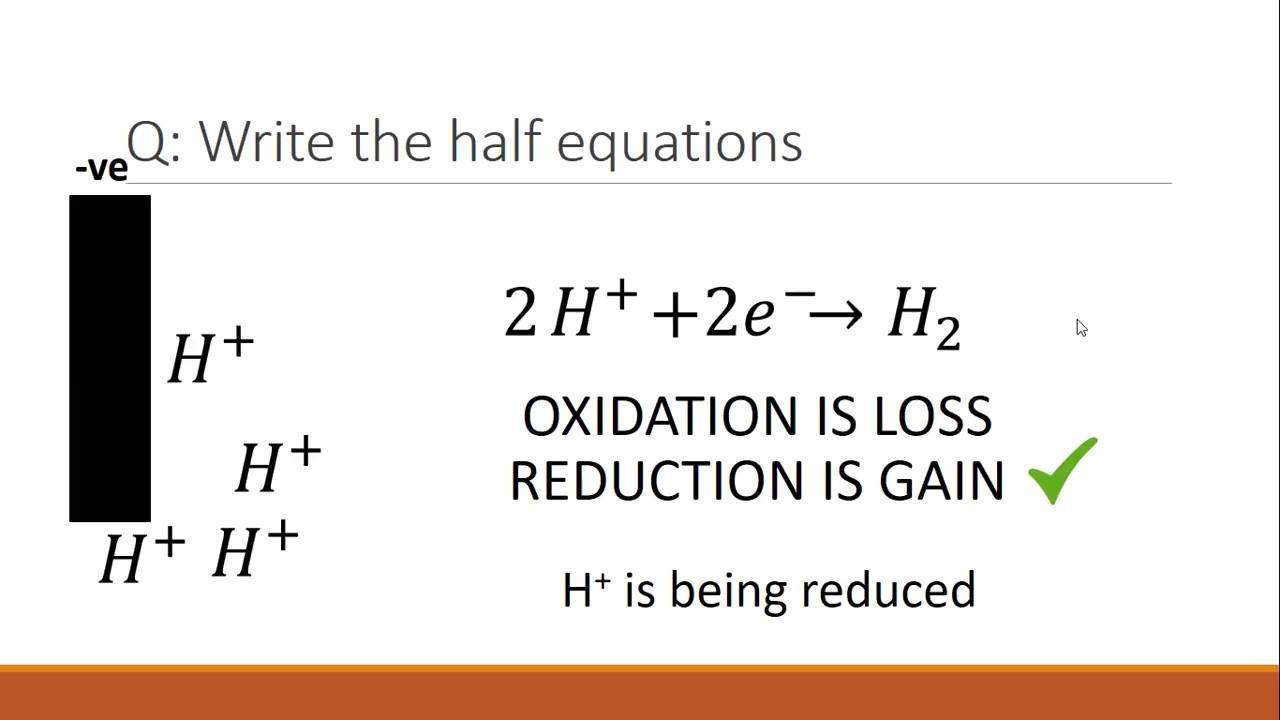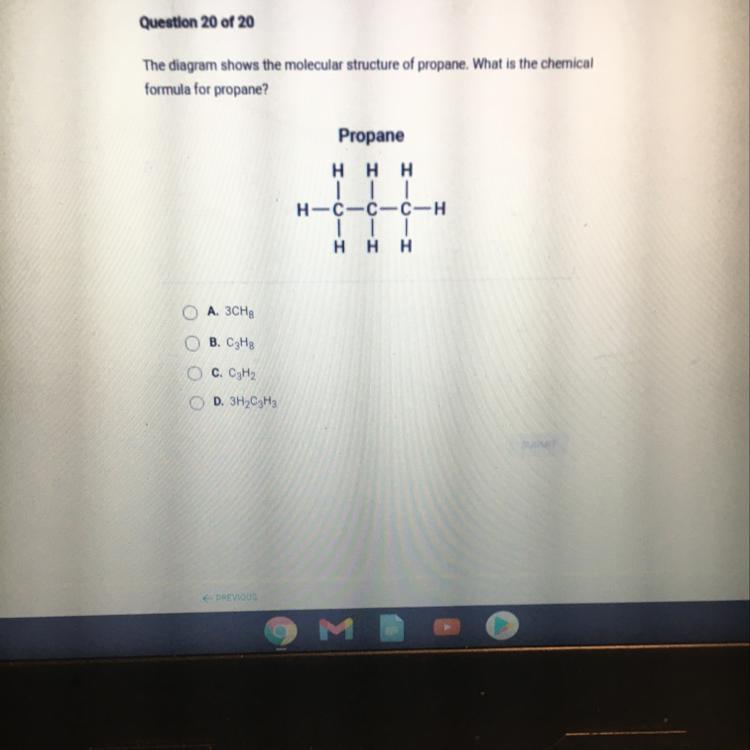write an ionic half equation for the formation of hydrogen during this electrolysis
-
Subject:
Chemistry -
Author:
presleymeza -
Created:
1 year ago
Answers 3
Answer:
A half-equation shows you what happens at one of the electrodes during electrolysis. Electrons are shown as e-. A half-equation is balanced by adding, or taking away, a number of electrons equal to the total number of charges on the ions in the equation.
When positive metal ions (cations) arrive at the negative electrode (the cathode), they gain electrons to form neutral metal atoms. This is called reduction. For example:
Pb2+ + 2e- → Pb
When negative non-metal ions (anions) arrive at the positive electrode (the anode), they lose electrons to form neutral atoms or molecules. This is called oxidation. For example:
2Br- → Br2 + 2e-
Writing half equations
Cations go to the cathode. They need to gain enough electrons to make them neutral. So an Al3+ ion needs to gain three electrons:
Al3+ + 3e- → Al
Half-equations for non-metal anions are more difficult to balance. For example, chloride ions make chlorine gas. Most non-metal elements formed in electrolysis are diatomic molecules (eg Cl2). For example:
Cl- → Cl2
Add in two electrons to balance the charge so that both sides have the same charge. The two electrons need to go on the right-hand side, so that both sides have an overall charge of -2. For example:
2Cl- → Cl2 + 2e-
-
Author:
jamiereid
-
Rate an answer:
3
Although your question lacks some information a general answer is provided
The ionic half equation = 2H^{+} (aq) + 2e^{-} ----> H_{2} (g)
The formation of hydrogen takes place at the negative electrode in a cell and the ionic half reaction that shows the formation of the hydrogen gas at the electrode is written as :
2H^{+} (aq) + 2e^{-} ----> H_{2} (g)
Ionic half equation is the representation of the chemical activity ( reaction ) occurring at one of the electrodes of a cell. to balance a half reaction we add or remove electrons equal to charges on the ions.
Hence the Ionic half equation for the formation of hydrogen during electrolysis is written as ; 2H^{+} (aq) + 2e^{-} ----> H_{2} (g)

-
Author:
bucko
-
Rate an answer:
1
AI generated Answer
-
Rate an answer:
0
Do you know an answer? Add it here!
Unable to find an answer to your question?
Don't worry! There are several alternative approaches you can try to resolve your query. Here are some tips to help you find answers in different ways:
- Reframe your question: Sometimes, the way you phrase your question can limit your search results. Try rephrasing it using different keywords or providing more context to get better results.
- Utilize social media: Post your question on social media platforms, particularly those focused on professional or specialized topics. Twitter, LinkedIn, and Facebook groups can connect you with individuals who may have relevant expertise or experiences to share.
- Consult subject matter experts: Reach out to experts in the field related to your question. Many professionals are willing to help and share their knowledge. You can connect with them through email, LinkedIn messages, or by attending relevant conferences or events.
- Use our website to find your question through the search box above, or you can sign up to ask your question for our big educational community. Our experts will review your question, and you will get a quick and quality answer.
- Collaborate with others: If your question is related to a specific project or problem, consider collaborating with others who might have complementary skills or knowledge. Teamwork can lead to innovative solutions and shared insights.
Remember, the process of finding answers often involves persistence, creativity, and an open mind. By exploring various resources, reaching out to others, and being proactive in your search, you increase your chances of finding the information you need. Happy quest for knowledge!

